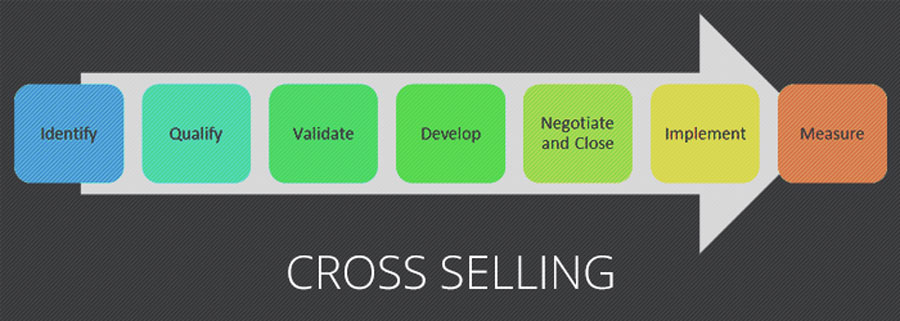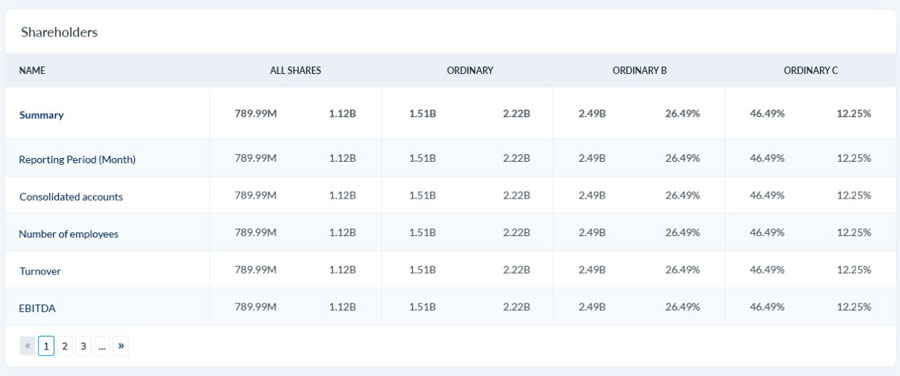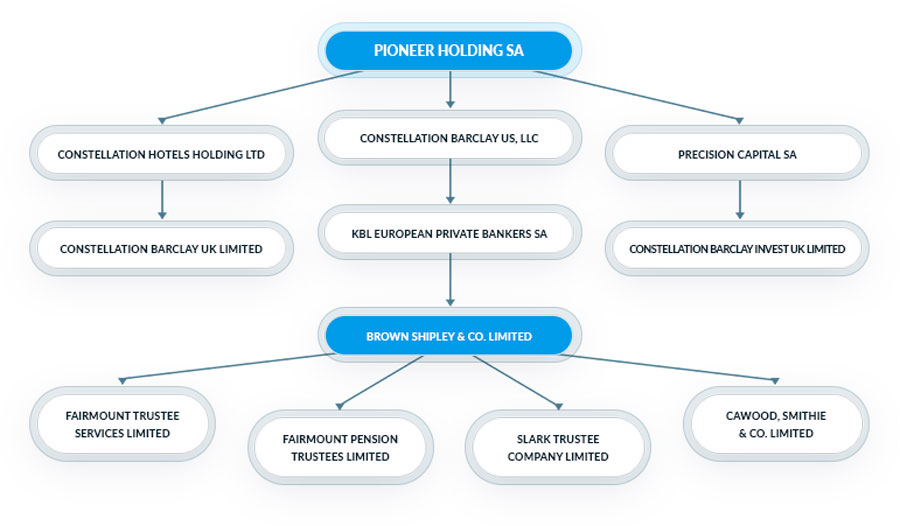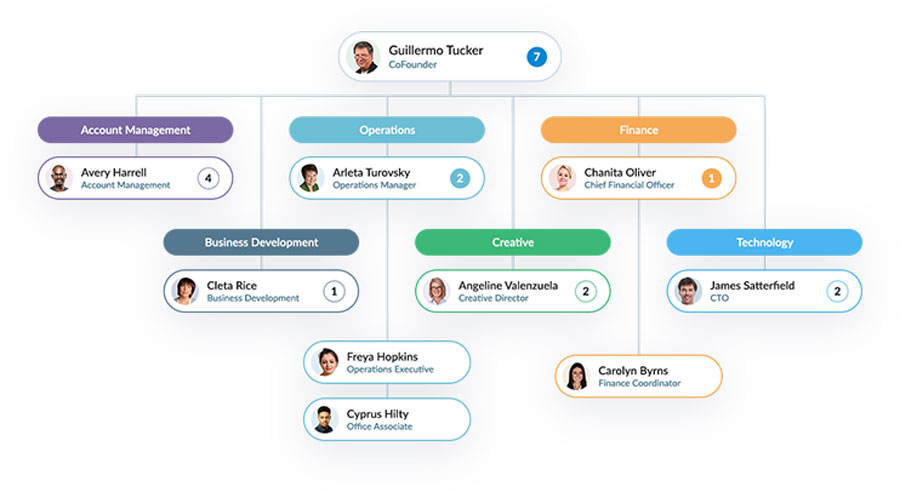Company hierarchy data - what is this?
Company or corporate hierarchy data is firmographic information, somewhat resembling a family tree, that covers two types of knowledge:
1. How a specific company is related to the other companies on the market
2. How is the employees’ hierarchy organised within the company
It shows the whole structure of an organisation, the relationships between the parent companies and their branches, subsidiaries or divisions and those between managers of all levels within one company, subsidiary, division or branch.
Here is what it can look like on the ‘parent-child company’ level:
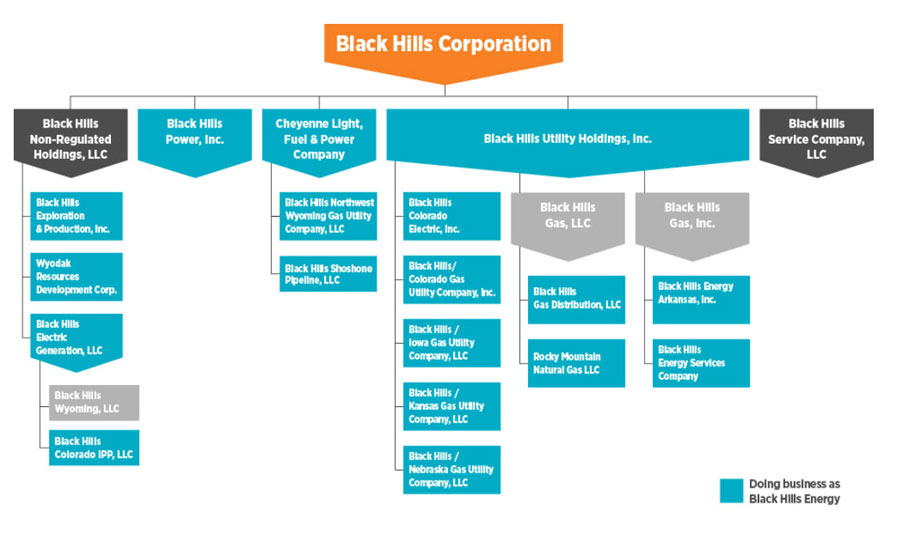
Not only can you learn about the companies, other entities’ ownerships or holding stock in them, but also understand how these relationships influence business operations and decisions, which is much more critical.
Check out the examples of what company information can sales, and marketing executives get, that could be valuable for them:
Parent companies
Parent companies own a significant share in other enterprises, controlling their management and operations. Besides operating their own business, parent companies manage their subsidiaries’ operations.
Subsidiaries
Companies that are owned and controlled by a parent company are known as subsidiaries. A subsidiary can be called a “wholly owned” one in case a parent company holds 100% of its stocks. A “partially owned” subsidiary is the one that has a parent company with less than 100% but more than 50% share in it. Subsidiaries can also have multiple owners.
Branches
As company outlets, operating in separate physical locations, branches are usually created with a single scope - to sell the same products or services in various geographical markets. The branches' names and classifications are the same as those of the parent company, with the only one, but important difference - they have to report to the company headquarters.
Divisions
Divisions represent company segments, handling specific business areas. An excellent example of divisions diversity is the hardware, video and other divisions at Google, that cover different business areas. Divisions can be located both at the company’s headquarters or at different geographical branches.
Departments
Departments are the lowest-level company units, formed within a single division or a small enterprise based on the area of special expertise or responsibility. Departments usually employ experts in a particular field, like business development, marketing, sales, IT, HR, and other.
The company hierarchy complexity can vary from a simple one, like one parent company operating its own business plus two significant subsidiaries in one city, to a very entangled structure. It can consist of multiple levels, including numerous company branches within a country or a continent as well as shares of different size in several subsidiaries, each of them having their branches, divisions and departments.
This is a very complicated matter, in which verified, up to date and well-structured company hierarchy data could be of great help. And the last but not least important thing is to understand who are supervisors and subordinates in each of the above-mentioned company or holding units, what are their zones of responsibility and who are the decision-makers on all levels.
How can company hierarchy data accelerate B2B sales and marketing
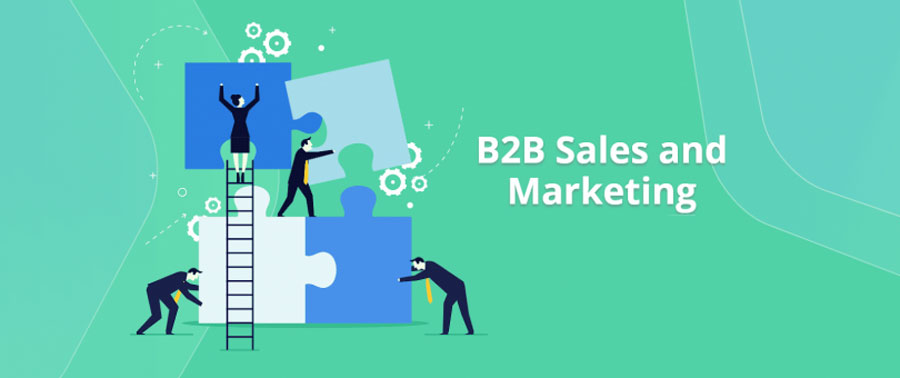
Corporate hierarchy information is not just about the enterprise structure, providing context on your current and future customers and partners. It is much deeper than that, being able to help facilitate and enhance the whole sales and marketing strategy in several ways.
1. Deep target market insights
Successful sales and marketing efforts are not limited to specific prospect identification and further promotion and sales. The first and foremost thing here is to have a perfect understanding of your target market before the very start. Company hierarchy data is a tool to get business structure insights and uncover the subtleties of relationships between enterprises, e.g.:
- Your prospect company affiliation to a bigger parent company and the number of its subsidiaries
- Do company branches operate in different business sectors
- Top management and departments hierarchy in each of the branches
2. New prospects identification
The research from Hubspot has shown that prospecting is the most challenging part of the sales process for 42% of sales representatives. This side of the job can be really irritating but inevitable, as it is the first step, allowing to avoid time, money and effort wasting on campaigns targeting people who are not interested in your good or service. Luckily, corporate hierarchy information is an excellent tool to find qualified prospects quicker and establish connections with them smoother.
Corporate hierarchy data gives you the possibility to learn much more than some information about one separate company. You can also acquire knowledge on multiple enterprises as parts of the ‘family tree’ of the company of your interest. This means that, determining a single qualified prospect, you can further reach more of them, following the hierarchy structure and using the data on them that you will find with a company relationships tree in a company intelligence platform.
As for current clients, corporate hierarchy information could serve as a source of good referrals with a high probability of response. In case you have a long-term client, and you are mutually delivering value to each other , take a look at its company structure and leaders. You could also deliver your product to its other branches or daughter companies. You just need to ask for a referral from those who already know you.



